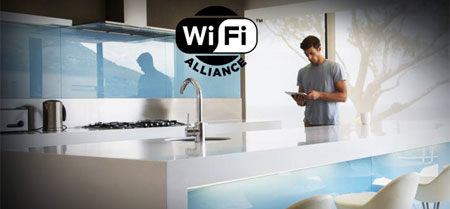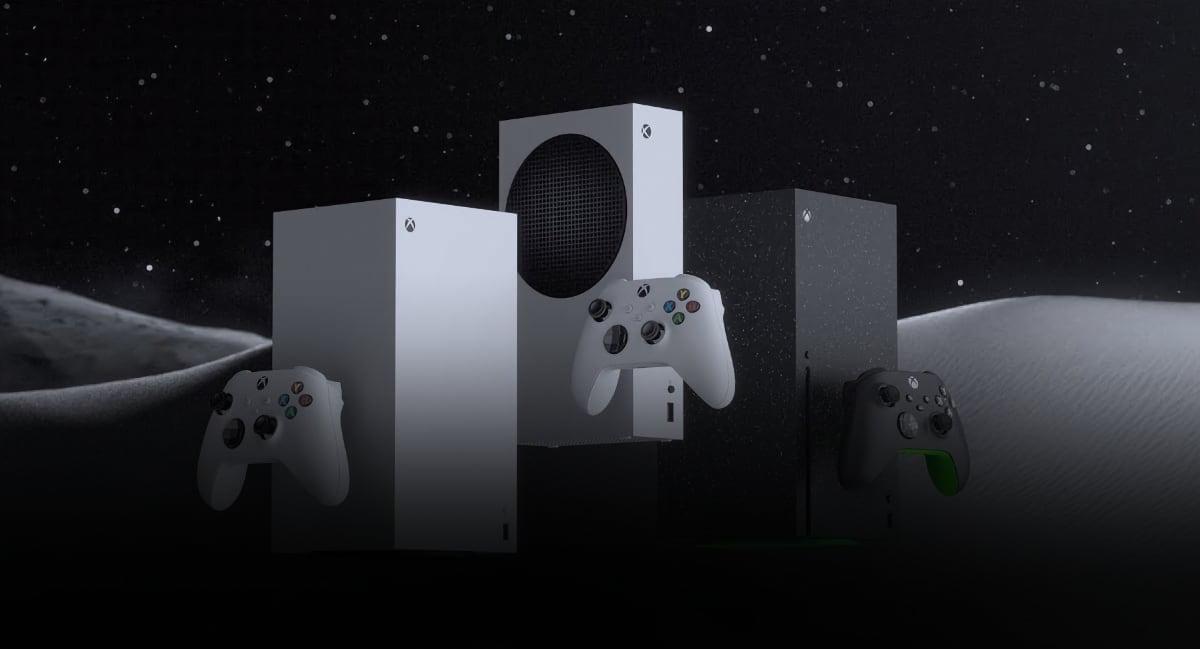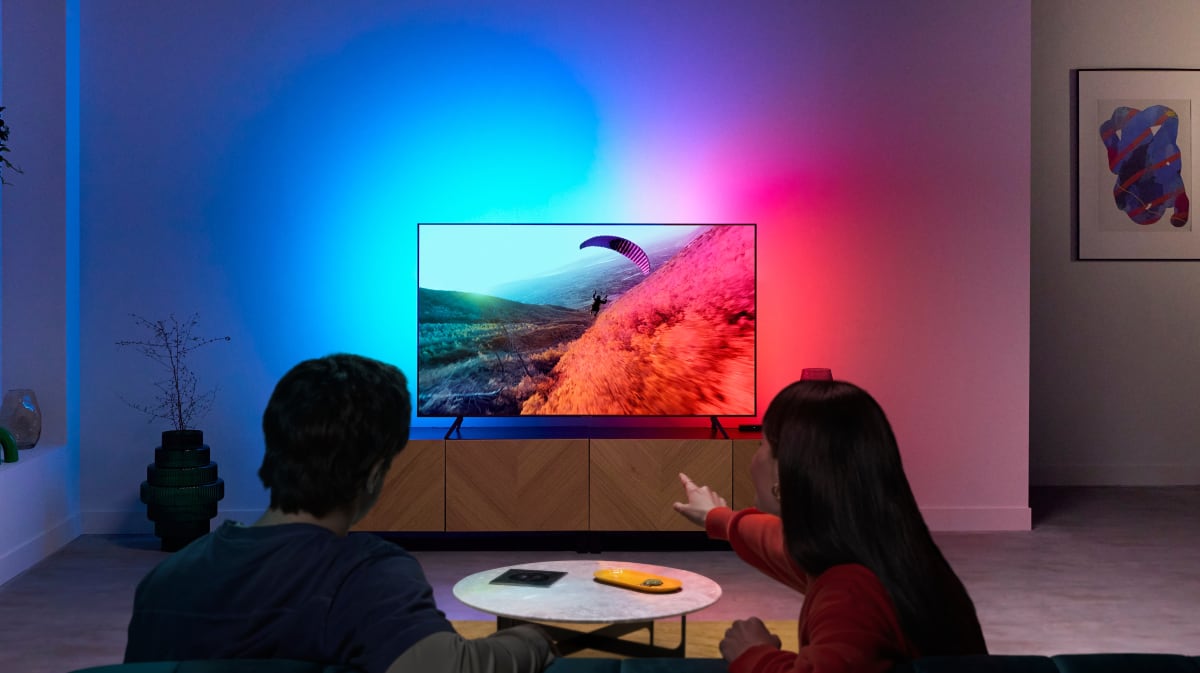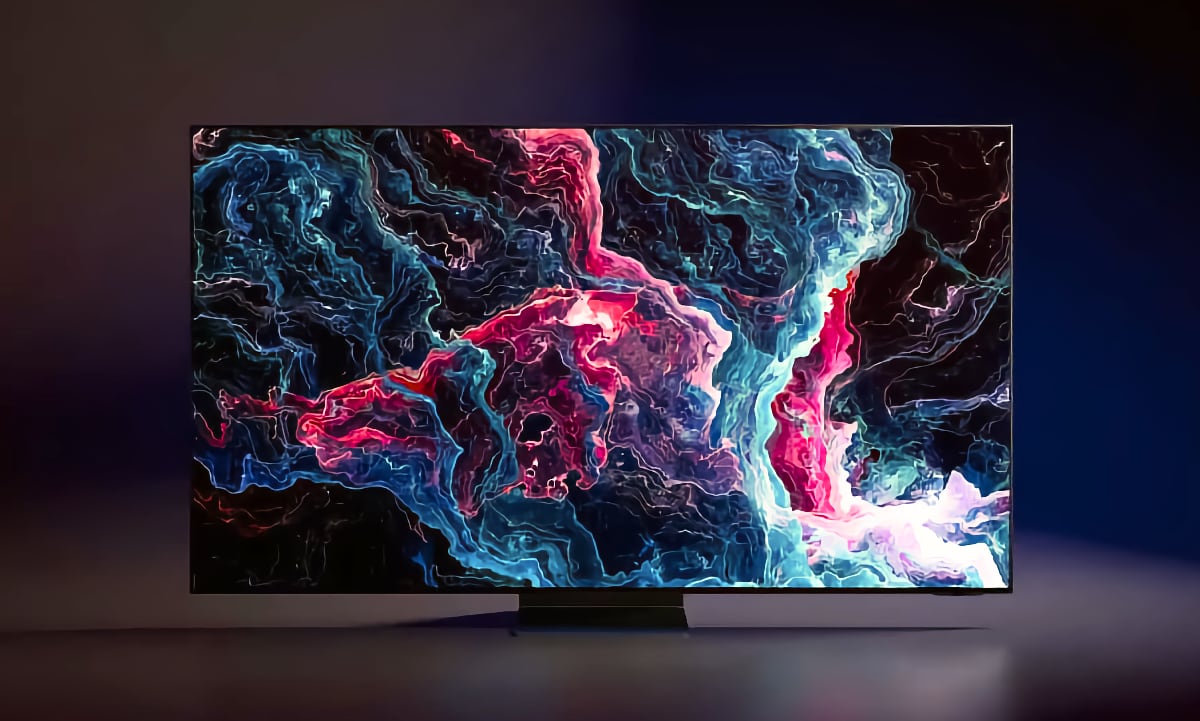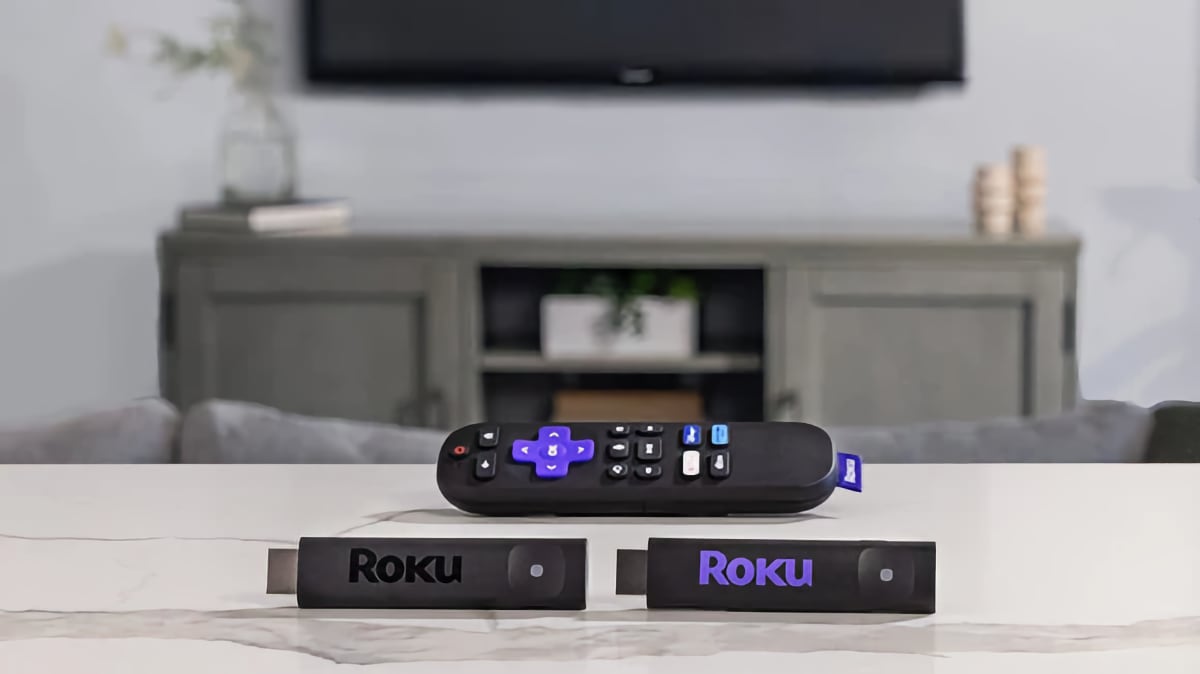As WiFi “ac” is trickling into modern homes around the world, the WiFi Alliance has announced WiFi “Halow” that has been designed for the “smart home and smart city” and as a competitor to Bluetooth. It has almost twice the range and consumes far less power compared to current WiFi.
WiFi HaLow
At CES 2016, the WiFi Alliance announced a brand new WiFi standard designed for the “smart home”. It will add a layer on top of current WiFi networks for improved connectivity and new functionality.
WiFi “HaLow” is an extension of the 802.11ah standard. It consumes far less power and has almost twice the range of current WiFi. It uses the 900 MHz band but can also cooperate with the existing 2.4 and 5 GHz bands of existing WiFi networks. 900 MHz can penetrate even thick walls, meaning that you will get stronger WiFi signals in the corners of your house. However, bandwidth will be significantly lower so for data heavy tasks such as video streaming you will still have to rely on 2.4 and 5 GHz.
So why is this important? Well if you want to use WiFi throughout the house and if you want a “smart home” with sensors and other connected devices, it is clear that the current WiFi “ac” standard is not optimal.
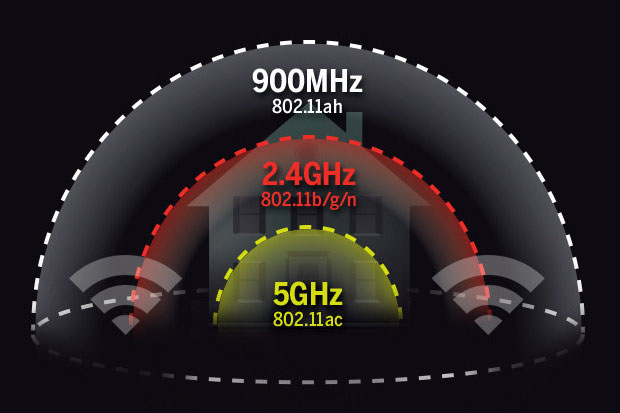
- “Wi-Fi HaLow is well suited to meet the unique needs of the Smart Home, Smart City, and industrial markets because of its ability to operate using very low power, penetrate through walls, and operate at significantly longer ranges than Wi-Fi today,” said Edgar Figueroa, CEO at Wi-Fi Alliance and continued; “Wi-Fi HaLow expands the unmatched versatility of Wi-Fi to enable applications from small, battery-operated wearable devices to large-scale industrial facility deployments – and everything in between.”
The Bluetooth alliance also wants to power your smart home. WiFi HaLow is essentially a competitor to Bluetooth 4.2. It promises to do the same but with longer range and with the ability to connect various devices to the internet via your WiFi router.
The WiFi Alliance says that the first devices with WiFi “HaLow” will be officially certified sometime in 2018, but devices might hit the market shortly before that timeframe.

